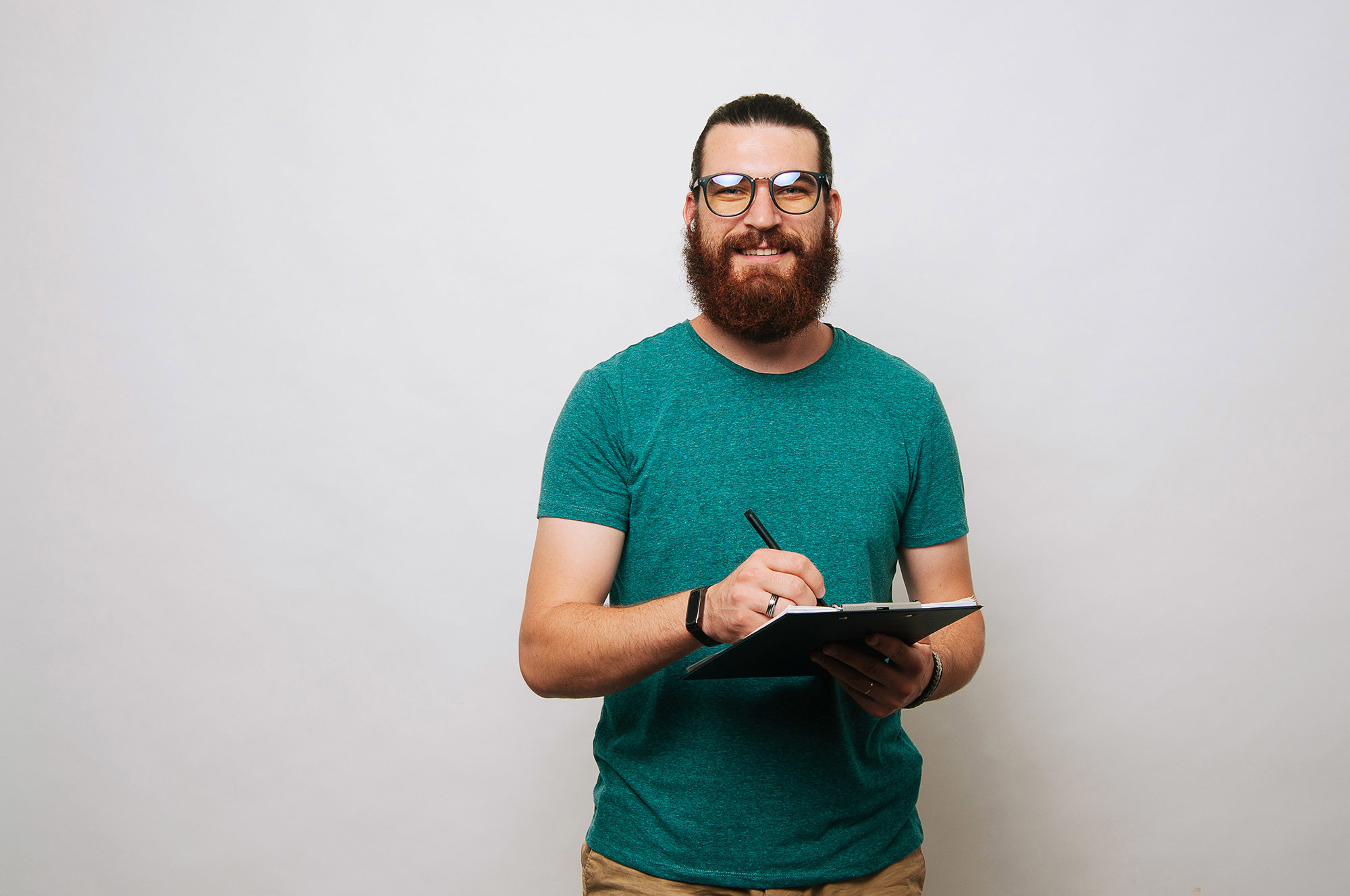
Managing short-sightedness in children
What are the options for myopia control?

31 October 2023
Myopia (short-sightedness or near-sightedness) is a common vision problem. But while you may think of it as simply blurry vision that can be corrected with glasses, contact lenses or laser eye surgery, myopia can be much more serious. The good news is that you may be able to prevent or delay your child’s short-sightedness from getting worse by using ‘myopia control’ (or ‘myopia management’).
Short-sightedness in kids
Myopia in children is often a progressive condition, meaning it tends to get worse over time. It progresses most quickly in children between seven and 10 years old, after which the rate slows but typically continues until their late teens. There are also certain factors that can influence whether your child’s myopia progresses and how fast, such as the age when myopia first began and your child’s ethnic heritage.
Why is management important?
Myopia control aims to limit the rate of progression during the key years, preserving your child’s eye health in the long-term and minimising the risk of diseases linked to short-sightedness (including glaucoma, cataract, retinal detachment and myopic macular degeneration).
The greater the degree of myopia, the higher the risk of developing one or more of these conditions (which can’t be fixed by wearing glasses or contact lenses).
The goal of myopia management is that by the time your child’s vision naturally stops getting worse, their final prescription will plateau at a lower level compared to if they hadn’t had myopia management. The earlier myopia is picked up and treatment starts, the better the chances of achieving this.
If your child doesn’t have myopia yet but carries known risk factors for doing so, your optometrist can make recommendations to lower the chances of them developing myopia in the future.
What are the treatment options?
Single vision glasses and contacts are known to have no impact on managing worsening myopia, so a proactive approach using one of the effective strategies is important. Different approaches will work better for different children and families, so it’s important to communicate honestly with your child’s optometrist.
Glasses
Glasses with specially designed myopia control lenses are often the easiest step into myopia management and carry the lowest risk of side effects compared to other options. Unlike normal single vision glasses, these special lenses both correct blurred vision and slow down the myopia. To be effective, your child should wear them for all the hours they’re awake so the downside is that active children who play sport or like rough and tumble play may need them replaced frequently and children may avoid wearing them if they feel self-conscious about glasses (but it can help if you let them pick out some stylish specs!).
Soft contact lenses (yes kids can use them!)
Contact lenses are a great option for children if glasses are not the ideal choice for them. Contrary to popular opinion, children typically cope very well with contact lenses when they’re supported by their parents (studies show that the rates of eye infections from wearing contact lenses are actually lower in children than in young adults!). Contact lenses for myopia control should be worn for all the hours your child is awake so your child’s optometrist can help you choose the most appropriate and comfortable lenses.
Orthokeratology (or ortho-k!) lenses
Unlike soft contact lenses, orthokeratology or ortho-k lenses are hard lenses that are worn only at night. As your child sleeps, the lenses change the shape of the cornea (the front surface of the eye) so as well as delaying the progression of short-sightedness, they mean clear vision during the day without the need for glasses or contact lenses. Compared to glasses and soft contacts, ortho-k lenses require a more specialised fitting and cost more.
Atropine eye drops
Another option used to manage myopia in kids is low-dose atropine, a long-term once-a-night eye drop. While side effects are rare at such low concentrations, they can include blurry near vision and glare sensitivity. Because atropine doesn’t correct the blurred sight from myopia, your child will still need to wear glasses or contacts to see clearly. There is some suggestion that combining atropine eye drops with ortho-k lenses can improve myopia control compared to just using either treatment alone.
Read more about short-sightedness in kids.
To see an optometrist about your child’s vision or to discuss myopia management for your child, book an appointment at a Health Centre or one of our optical providers.
Sources:
My Kids Vision | Advice on treating and managing myopia in children
High myopia and its risks - PMC (nih.gov)



